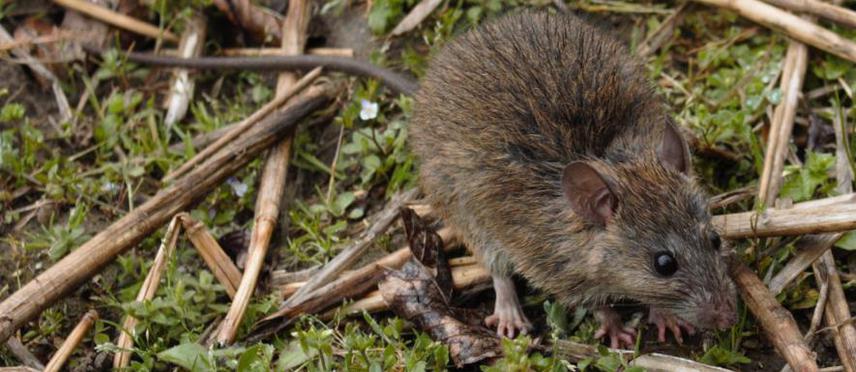Lam Norbu
The study aims to assess and document the Species diversity of terrestrial small mammals and their conservation status in Bumdeling Ramsar site.

Rattus species.
Small mammal forms the major mammalian communities of almost all the Zoogeographic realms (Padmanabhan, 2009) and performed multiple ecological functions. Within the mammal, what is currently known and focused are mostly on higher profile taxa (Dorji, 2015). Small mammals are poorly studied and aspects of their conservation biology are scarce in Bhutan. Further, not yet been granted for conservation status under schedule I of Forest Act of Bhutan 1995 (RGoB, 1995). Other than the records of few species from Jigme Dorji National Park and Higher Altitude wetland of Phobjikha from western Bhutan, no single study was conducted in eastern part of the country. Therefore, the project “A Wetland of International Importance in Bhutan: Diversity and Abundance of Terrestrial Small Mammals in Bumdeling Ramsar Site” is first ever kind to be study in eastern part of Bhutan. The Ramsar site which measures of 141.5 hectares (Ramsar, 2012) serves as an important wintering habitat for the black neck crane.
The distributions of small mammals will be assessed by stratifying the study area into different habitats types such as riparian, agriculture field, fellow land, grassland and forest using GIS tool. The start point of all transect will determine using GIS and position will be located by GPS. A transect of 270m length will be placed at an interval of 500m from other transects and 18 Sherman live traps of size 23 x 9 x 8cm will be displayed along transect of every 15m interval. The species, sex, reproduction status, weight, length (body, tail, ear and hind foot) and GPS coordinates will record to provide complete information of the species. The habitat along transect of each captured and non-captured site will be determined by laying out quadrate of 10m2 for trees/shrubs and 1m2 for herbaceous. The ecological variable like aspect, slope, plant species, depth of litters etc. will be recorded to find out correlation between small mammal species and habitats types. Conservation threats in each habitats type will be assessed. The local communities, forester and students will sensitize awareness education on importance of small mammal conservation through various techniques and methods.
The result generated through this project would help Bumdeling Wildlife Sanctuary to maintain the baseline data on species diversity of small mammals of Bumdeling Ramser site. Further, helpful to incorporate the information of small mammals in the Information Sheet on Bumdeling Ramsar Wetland and provide additional information necessary for more focused research.